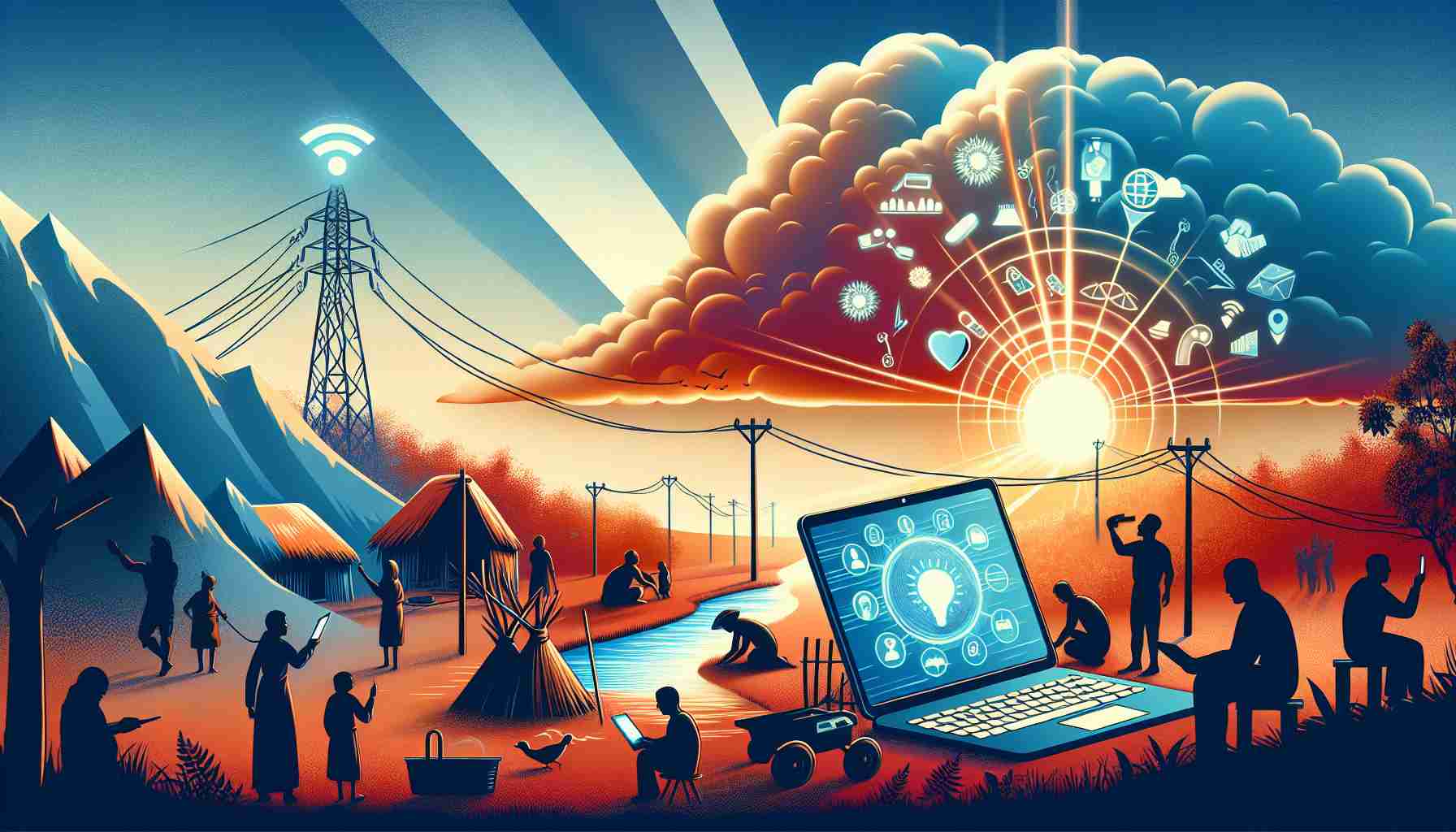Native American communities face significant hurdles in obtaining crucial public health data. Access to up-to-date information is crucial for making informed decisions and responding effectively to health crises. Despite the 2010 reauthorization of the Indian Health Care Improvement Act, which aimed to grant tribal epidemiology centers access to vital data, many challenges persist.
In 2020, Native American communities experienced a disproportionately high rate of Covid-19 infections compared to non-Hispanic whites. The data limitations impede tribal health officials’ ability to adequately address outbreaks and implement timely interventions. The inability to access essential information hinders contact tracing efforts and slows down response times during emergencies.
Many tribal epidemiology centers, such as the Great Plains Tribal Leaders’ Health Board, continue to face barriers in obtaining critical data. The lack of real-time information restricts their capacity to save lives and effectively manage community health. The reliance on manual data collection methods during the pandemic underscores the urgent need for improved data-sharing protocols.
The Government Accountability Office’s report highlighted systemic issues in data sharing with tribal epidemiology centers. Federal agencies often lack clear processes and guidelines for collaborating with tribal officials, leading to inconsistent data access across different centers.
Recent efforts by government agencies to address these challenges are promising. However, further steps are necessary to ensure that tribal epidemiology centers are recognized as public health authorities and granted timely access to essential data. Improved collaboration and streamlined processes are essential for narrowing health disparities and promoting better health outcomes for Native American communities.
Tribal Data Access Challenges in Public Health: Uncovering Key Questions and Controversies
As Native American communities grapple with the impact of public health crises, the issue of data access continues to pose significant challenges. While the previous article shed light on the struggles faced by tribal epidemiology centers in obtaining vital information, there are additional facts and considerations that warrant exploration. In addressing the complex landscape of tribal data access, several important questions emerge along with associated challenges and potential advantages and disadvantages.
Key Questions:
1. How do data limitations affect the ability of tribal health officials to respond to health crises?
2. What are the primary obstacles hindering effective data sharing between federal agencies and tribal epidemiology centers?
3. What advantages and disadvantages are associated with transitioning from manual data collection methods to digital platforms?
4. How can the recognition of tribal epidemiology centers as public health authorities impact data access and health outcomes in Native American communities?
Challenges and Controversies:
1. Unequal Data Access: Disparities in data access between tribal epidemiology centers and federal agencies contribute to inconsistencies in public health responses. Lack of timely information impedes the ability to track outbreaks and implement targeted interventions effectively.
2. Fragmented Collaboration: The absence of clear processes and guidelines for data sharing exacerbates challenges in collaboration between federal entities and tribal officials. This fragmented approach hampers efforts to establish efficient data-sharing protocols and standardized practices.
Advantages and Disadvantages:
1. Advantages of Improved Data Sharing: Enhanced data access can lead to quicker identification of health trends, improved response times during emergencies, and better-informed decision-making by tribal health authorities.
2. Disadvantages of Manual Data Collection: Relying on manual data collection methods can result in delays, inaccuracies, and inefficiencies, particularly during fast-spreading health crises such as pandemics. Transitioning to digital data platforms may offer greater speed and accuracy but could require significant investment and training.
In addressing the challenges surrounding tribal data access in public health, it is crucial to recognize the potential benefits of streamlined collaboration and improved data-sharing mechanisms. While recent efforts by government agencies show progress in acknowledging these issues, continued steps are essential to ensure equitable access to data for tribal epidemiology centers. By fostering stronger partnerships and empowering tribal health authorities, the path towards narrowing health disparities and enhancing public health outcomes for Native American communities can be achieved.
For more information, visit Centers for Disease Control and Prevention.
